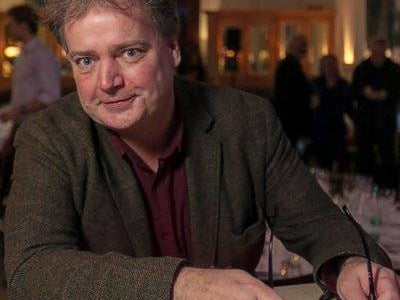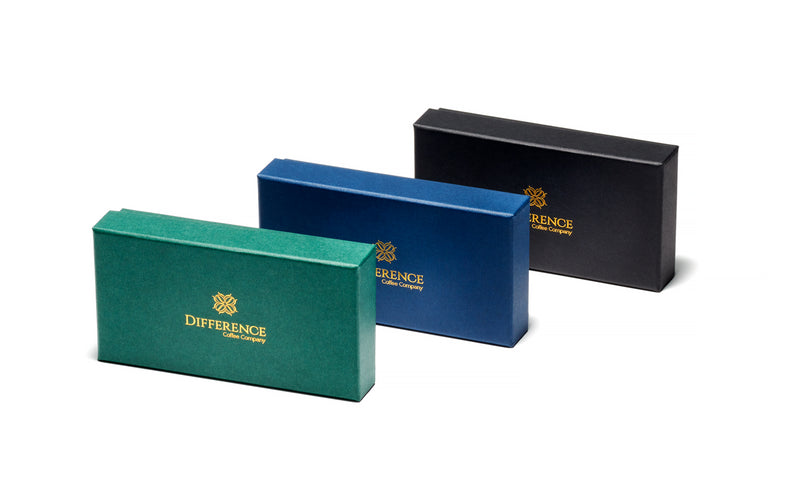I first met Pierre Koffmann in 1998, in the last week of service at his famous premises on Royal Hospital Road, the home of the three Michelin-starred La Tante Claire.
My dinner companion was Matthew Fort, food editor of The Guardian at the time, and we were there not just to feast on lièvre à la royale and his famous dish of pig's trotter stuffed with chicken mousseline, morels and sweetbreads, but to pay hommage to a man who, over the previous two decades, had vastly improved the standard of food in the capital.
However, had a young Pierre Koffmann not been so keen on rugby, British cooking might have been infinitely poorer. In 1970, Pierre left France for England "just for six months," he recalls, "and mostly because I wanted to see France play England at Twickenham." In the end, he never left, and eventually became culinary godfather to a host of aspiring chefs: Tom Aikens, Bruno Loubet, Eric Chavot, Gordon Ramsay, Marcus Wareing and Marco Pierre White, to name but a handful.
He had answered a job advertisement in the French hospitality magazine L'Hôtellerie Restauration, placed by two ambitious French brothers with a Mayfair restaurant: Michel and Albert Roux. "They were brilliant restaurateurs," says Pierre, "and they had employed the best maître d' in London, Jean-Pierre Durantet. They understood what their diners wanted." In 1975, Durantet was succeeded by his protégé, Silvano Giraldin, who continued to preside benignly over the dining room for the next 37 years.
In 1970, the cuisine at Le Gavroche was not as refined as it would later become. "There was smoked trout with horseradish on the menu, pot-au-feu, and the famous soufflé Suissesse that is still on the menu today." It was the era when la nouvelle cuisine was sweeping through kitchens in France, but Le Gavroche remained pretty much staunchly ancienne in its cooking.

I drink his coffee at home. I only ever like to work with the finest ingredients, and he does the same. It has always been very important in my restaurants, too: it's the last taste people have of the meal.
By 1972, Pierre had impressed so much that he was offered the job of head chef at the brothers' Waterside Inn, their new venture beside the Thames in Bray. "Looking back," says Pierre, ruefully, "to start with, it was terrible. The cuisine was good but people weren't always there for the food. At the weekends, there was even a disc jockey and dancing: Showaddywaddy, Mud and Sweet. It is difficult to imagine that at the Waterside today."
Gradually, Pierre's cooking became the primary attraction, and Michelin stars followed. In 1977, he left to fulfil a dream he had long nurtured and start his own restaurant in Chelsea: "actually, I never had a 'Tante Claire'! She was the aunt of a friend of mine, and I had never met her." Finally, he could write his own menu, and distil the fruits not just of his training as a chef, but also the abundance of dishes and recipes that he had absorbed and enjoyed from his Gascon childhood.
That childhood is at the heart of Memories of Gascony, his beautiful, nostalgic love letter to a rural French way of life that has more or less disappeared. As a boy, Pierre lived in the town of Tarbes, but holidays were spent at his grandparents' farm in Saint-Puy, a tiny village 100 km to the north. His grandmother Camille was an excellent cook, and the book is liberally spiced with Pierre's recipes for the food he enjoyed as a child. The recipes are superb, hugely evocative of both place and time, but it is the reminiscences that link the recipes together that make it one of the finest books about food ever written.
23 years after that dinner at La Tante Claire, I am sitting outside a pub in Belgravia, chatting to Pierre, now nearly 73 but still keen to enjoy London's restaurant scene, especially in the company of his wife Claire, who supplies potatoes to some of the capital's best restaurants. She also, bravely, does all the cooking at home.
As we talk, it becomes clear to me that, while he cooked at a much higher gastronomic level than his grandmother, his whole ethos of food comes directly from that farmhouse in Saint-Puy. Chefs often talk about their "passion" for ingredients, but how many actually get up at 4 am to be at the market by 5 am, as Pierre did? "It is the only way to get ripe fruit, ready to eat, and it's cheaper, too. I would buy 40 trays of raspberries, for example, to make coulis for the freezer.

When I was young, in Saint-Puy, my grandfather had a sweet tooth; every Sunday he would go to the pâtisserie and we could choose what pastry we wanted.
"I used to do a bit of consulting, and I came across a chef in an Oxford restaurant serving a square of turbot." He looks aghast. "I mean, why? Half of this beautiful fish was ending up in the bin!" He is as horrified by waste as his grandparents were. "When you run your own restaurant, you have to make a profit. Most chefs are just employed and don't care."
One reason that Pierre commanded - and still commands - such respect from his fellow chefs is that he never sold out, never opened a string of bistros, never opened a brasserie in Dubai or a burger bar in Bahrain. "I enjoy cooking, my pleasure was to be in my kitchen. I was the first one in and the last one out."
In 2009, Selfridges asked Pierre to open a restaurant for a week on the roof of the store. He roped in two of his most eminent protégés - Bruno Loubet and Eric Chavot - built a kitchen from scratch, and wrote a menu of Koffmann classics, including the famous stuffed pigs' trotters. Every table was fully booked: not just for a week, but for eight weeks. "It was quite tough: seven days a week, with no days off. Adrenalin kept me going in the kitchen but as soon as I finished at night, I could hardly walk." In eight weeks, he served 3 200 pigs' trotters.
We go for lunch. À deux pas from the pub is Muse, Tom Aikens's bijou, Michelin-starred restaurant, where Pierre is greeted with a reverence bordering on awe. Tom worked at La Tante Claire when it gained its third star, and recalls his days there with affection: well, mostly. "When I first worked there, the kitchen was 90% French - the only others were Paul Rhodes and me - and they hated us. I worked with a guy called Laurent on the larder and he literally didn't speak to me for three months.
"Then Chef moved me to the fish section, and I had to pluck up the courage to say 'Chef, I haven't filleted any fish in three years.' 'Don't be so silly!' he said, and proceeded to teach me first-hand how to do everything. But I always knew when I'd pissed him off. He'd throw me a whole load of cuttlefish or baby red mullet and tell me to prep them outside. Game season was the worst: he loved game, and we'd have six game specials on top of the eight meat dishes.
"I got to be pretty quick at trimming a whole salmon, though: in fact, I have a salmon dish on the menu at Muse now called 'Five minutes and a few seconds more'."
After a modest four-hour lunch, over coffee, we talk about… coffee. Pierre feels a common bond with Difference Coffee founder Amir Gehl: "we drink his coffee at home. I only ever like to work with the finest ingredients, and he does the same. It has always been very important in my restaurants, too: it's the last taste people have of the meal. If the food is good but the coffee is bad, they won't remember their meal so fondly."

And he likes coffee as an ingredient, too, with particular nostalgia for a sort of circular éclair that he used to eat as a child. "I'm too traditional to use coffee in savoury dishes, but I love coffee in desserts, especially a good coffee ice cream.
"When I was young, in Saint-Puy, my grandfather had a sweet tooth; every Sunday he would go to the pâtisserie and we could choose what pastry we wanted. He always chose a millefeuille, and I always had a coffee religieuse." You can take the boy out of the village, but you can't take the village out of the boy.







